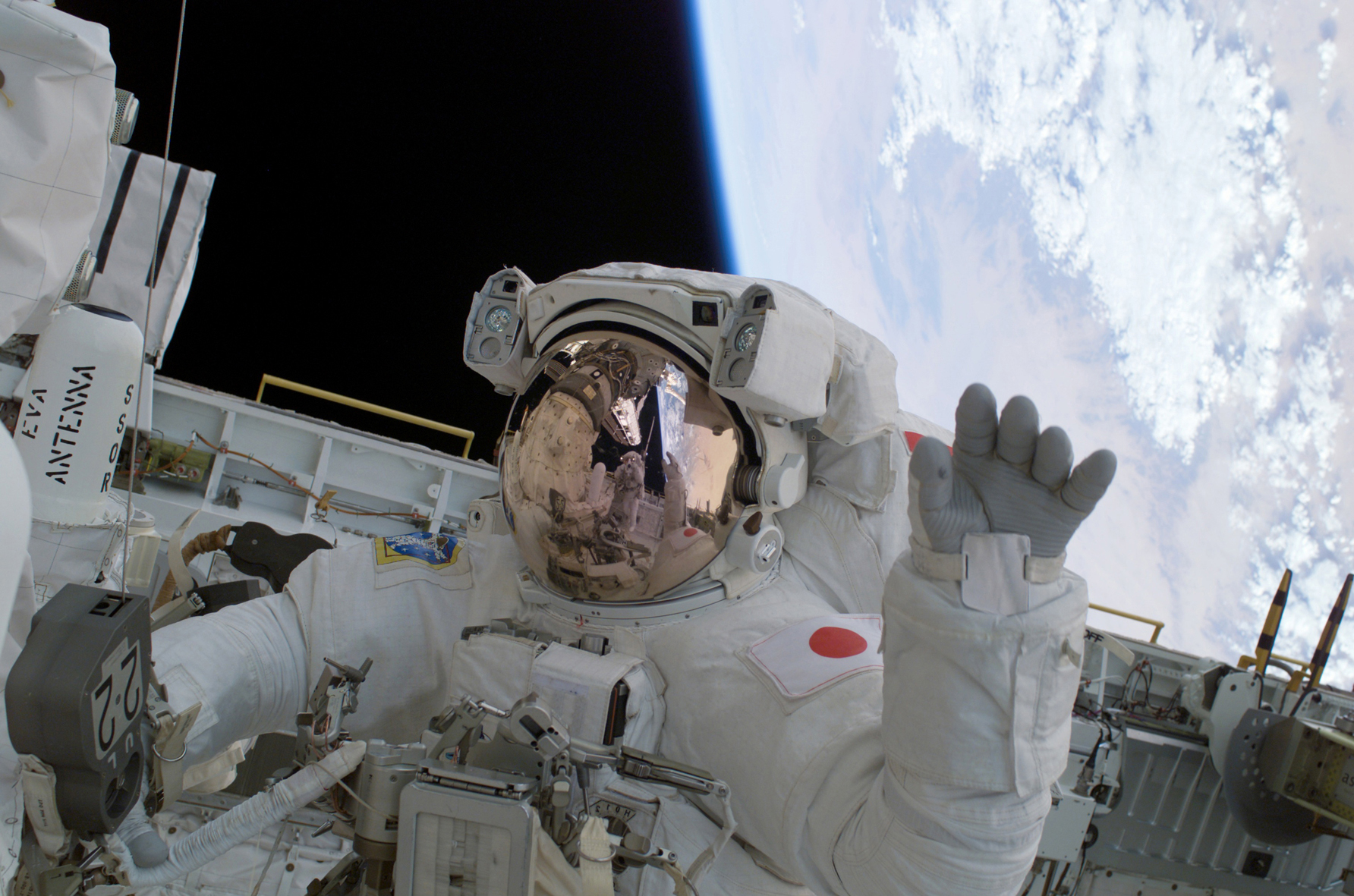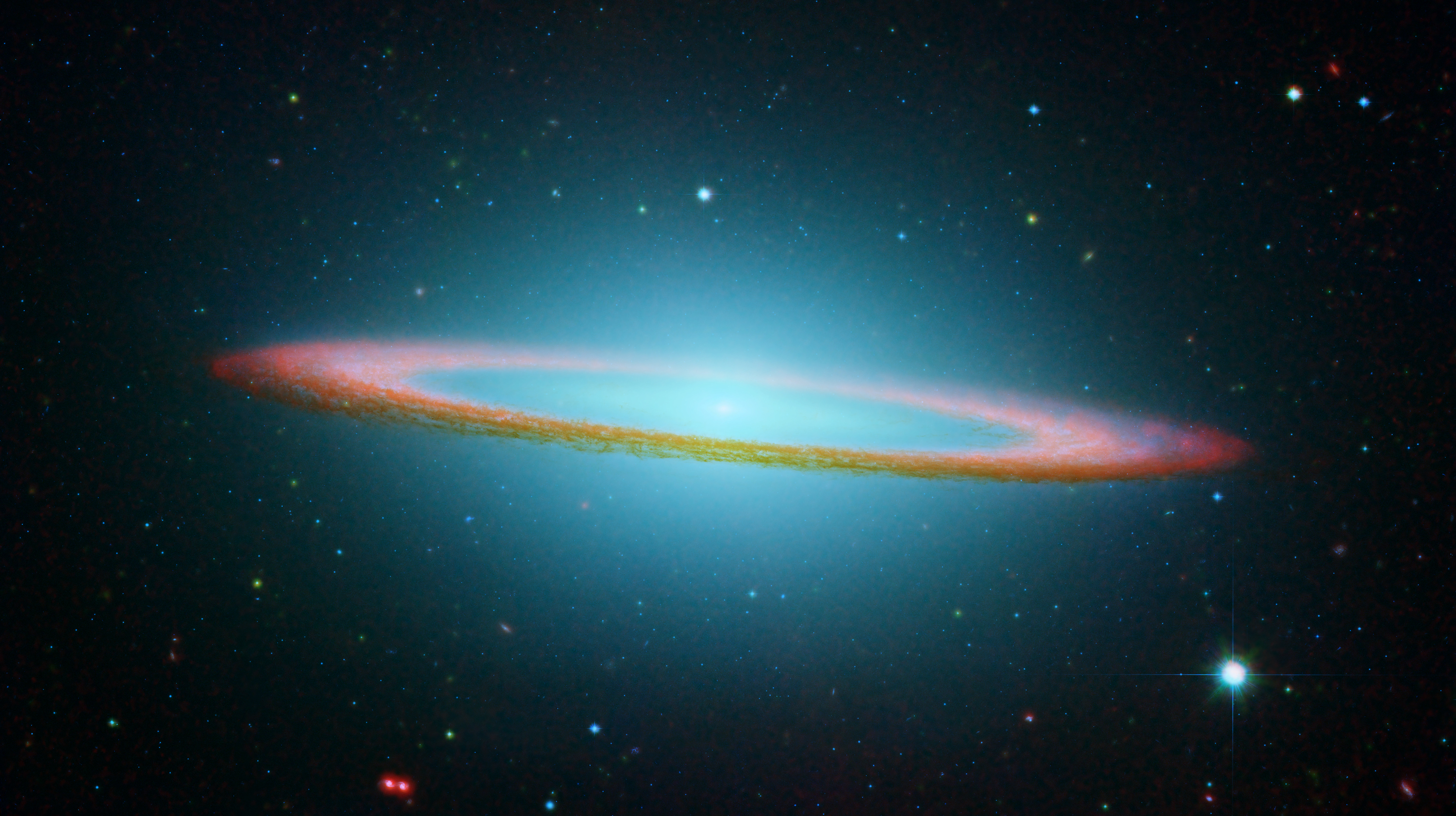6 Insane Technologies Being Tested for Lunar Missions in 2026
As humanity sets its sights on returning to the Moon, the year 2026 promises to be a pivotal moment in space exploration. This renewed interest in lunar missions is fueled by the desire to establish a sustainable human presence on the Moon and utilize it as a springboard for future Mars expeditions. At the heart of these ambitious plans are six groundbreaking technologies currently under rigorous testing, each poised to redefine our approach to space travel. These innovations not only promise to enhance the efficiency and safety of lunar missions but also hold the potential to revolutionize our understanding of the Moon and beyond. In this article, we will delve into these six remarkable technologies, exploring their development, functionality, and the transformative impact they could have on the future of space exploration.
Autonomous Lunar Rovers
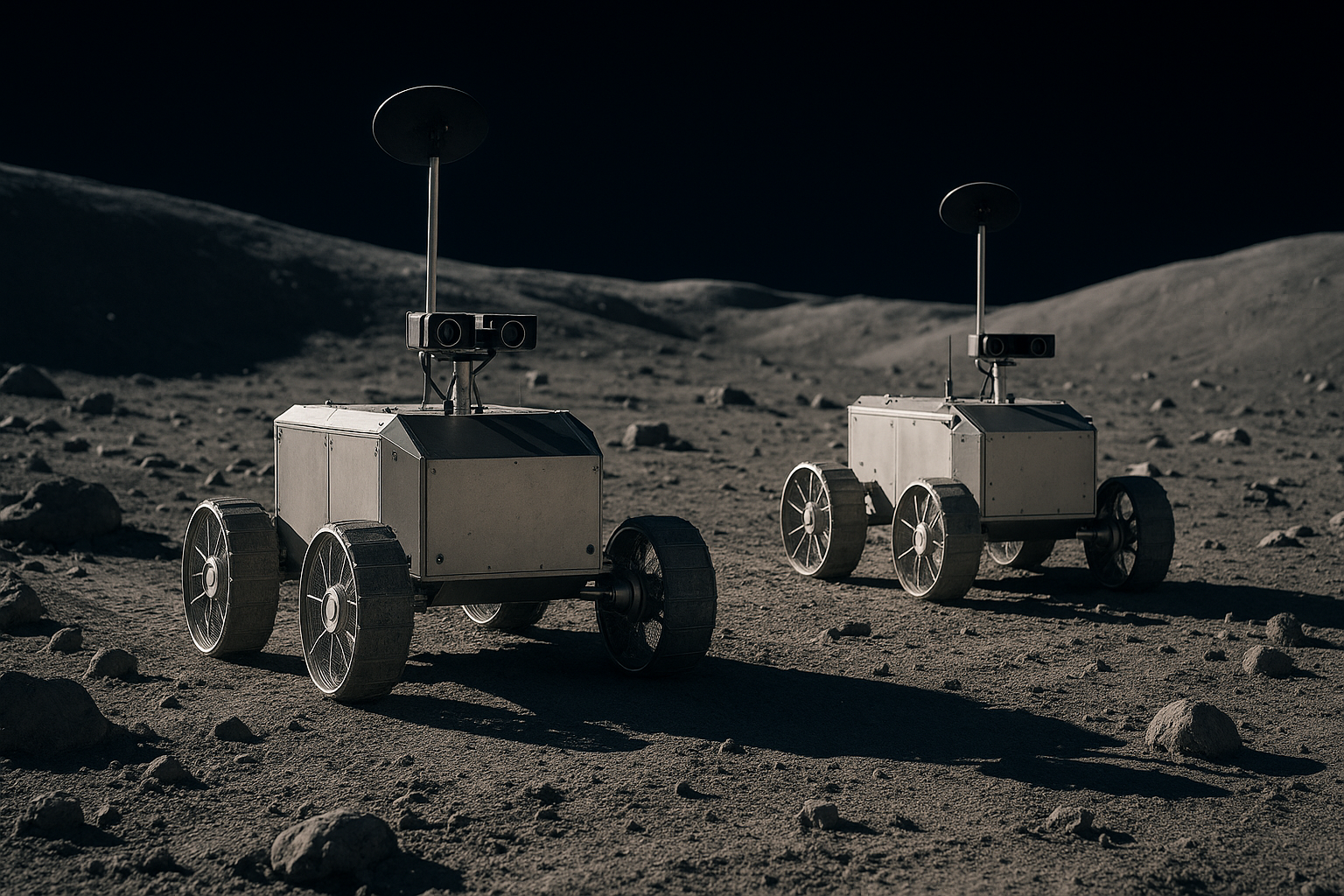
One of the most exciting technologies being tested for lunar missions in 2026 is the development of autonomous lunar rovers. These advanced rovers are designed to navigate the Moon's rugged terrain without direct human intervention, using sophisticated algorithms and AI-driven decision-making processes. Unlike their predecessors, these rovers can operate independently for extended periods, collecting samples, conducting experiments, and transmitting data back to Earth. The autonomy of these rovers is crucial for exploring areas of the Moon that are difficult for humans to reach, such as the permanently shadowed regions at the lunar poles where water ice is believed to exist. By leveraging machine learning and sensor fusion, these rovers can adapt to unpredictable environments, making them invaluable assets for future lunar exploration missions.
Lunar Habitat Modules
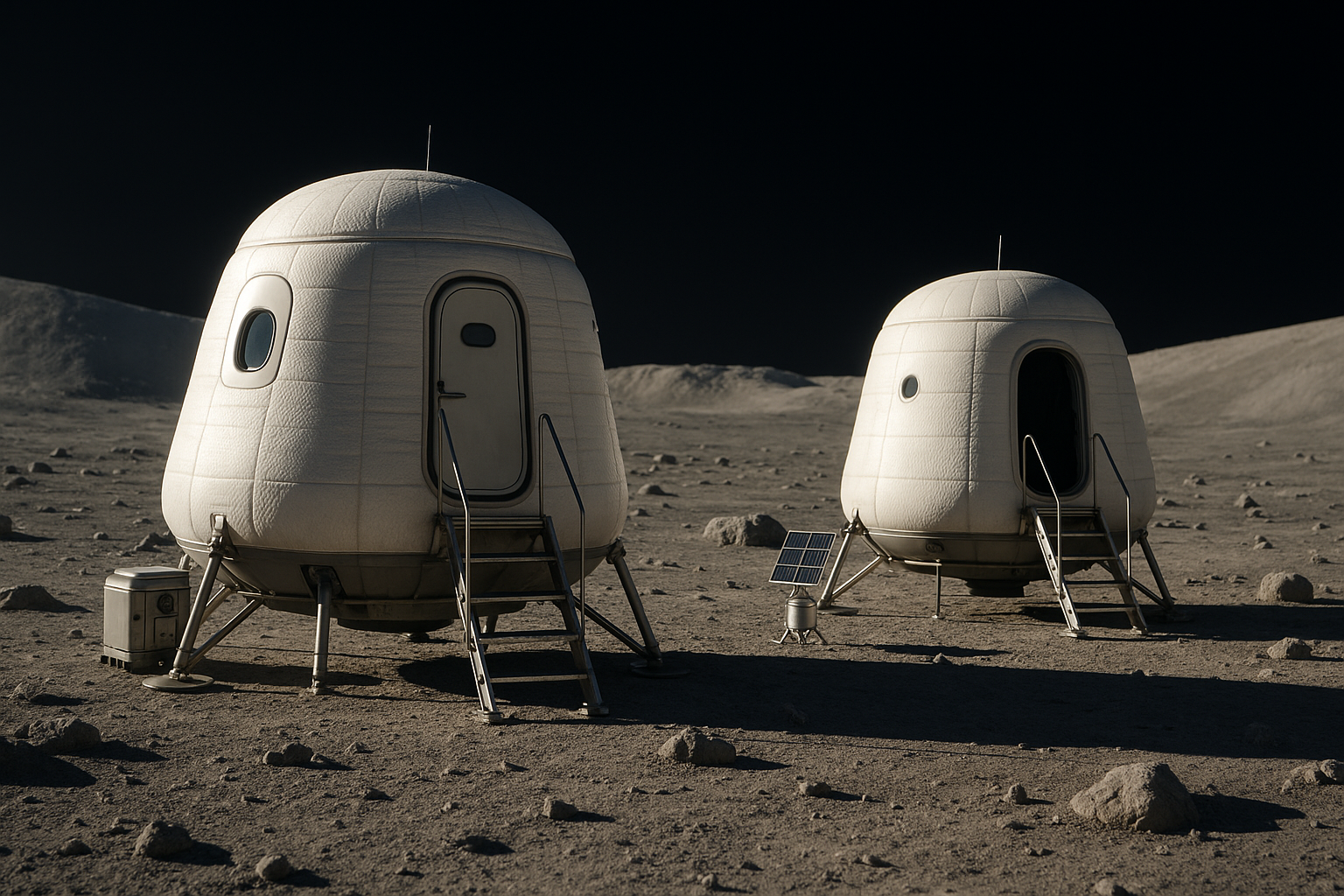
As space agencies aim to establish a long-term human presence on the Moon, the development of lunar habitat modules is essential. These habitats are being designed to provide astronauts with a safe, comfortable, and sustainable living environment on the lunar surface. The modules are constructed using lightweight, radiation-resistant materials and are equipped with life support systems that recycle air and water. Innovative 3D printing technology is also being explored to construct these habitats using lunar regolith, reducing the need to transport building materials from Earth. The habitat modules are designed to be modular and expandable, allowing for the gradual growth of lunar bases. This technology not only facilitates extended missions but also serves as a prototype for future human settlements on Mars.
Advanced Propulsion Systems
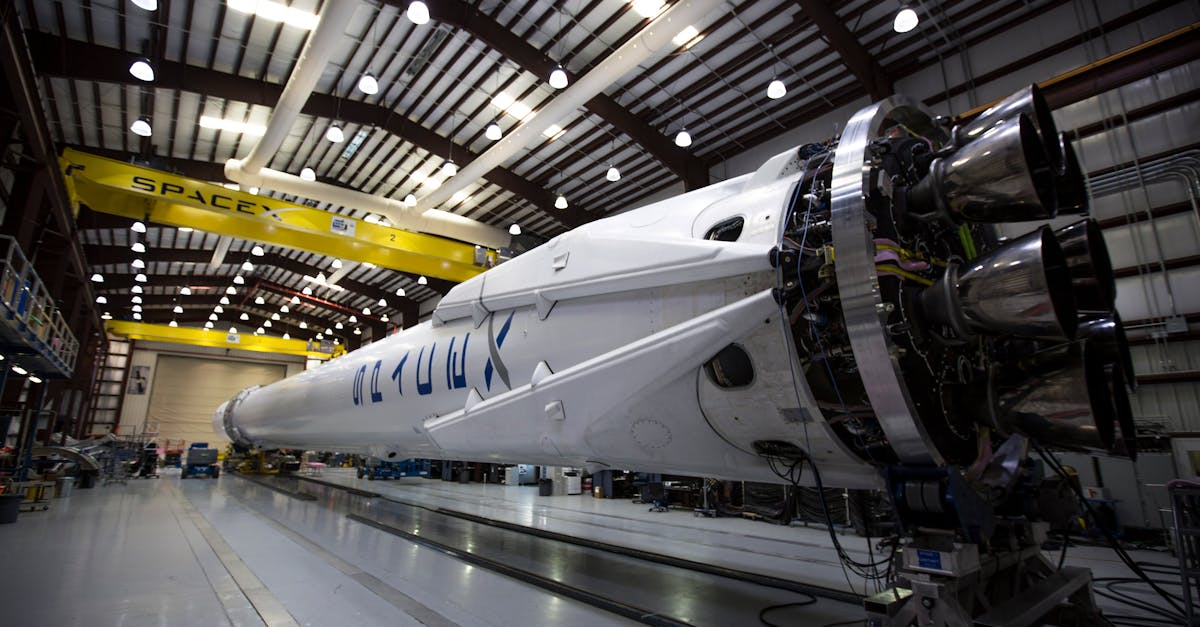
To make lunar missions more efficient and cost-effective, researchers are developing advanced propulsion systems that can significantly reduce travel time and fuel consumption. One such technology is the Variable Specific Impulse Magnetoplasma Rocket (VASIMR), which uses plasma to generate thrust. Unlike traditional chemical rockets, VASIMR can operate continuously, allowing for faster and more flexible mission profiles. Another promising propulsion technology is the use of solar sails, which harness the momentum of photons from the Sun to propel spacecraft. These innovative systems not only enhance the feasibility of lunar missions but also pave the way for more ambitious interplanetary travel. By improving propulsion efficiency, these technologies could revolutionize how we explore the solar system.
In-Situ Resource Utilization (ISRU)

In-situ resource utilization (ISRU) is a game-changing approach that involves using materials found on the Moon to support human and robotic missions. This technology aims to reduce the dependency on Earth-supplied resources by extracting and processing lunar materials to produce essentials such as water, oxygen, and fuel. One of the key ISRU technologies being developed is the extraction of water ice from the lunar poles, which can be split into hydrogen and oxygen for rocket fuel. Additionally, lunar regolith can be used to create construction materials and radiation shielding. By harnessing the Moon's resources, ISRU technology not only lowers mission costs but also lays the groundwork for sustainable human habitation and exploration of the Moon and beyond.
Lunar Communication Networks
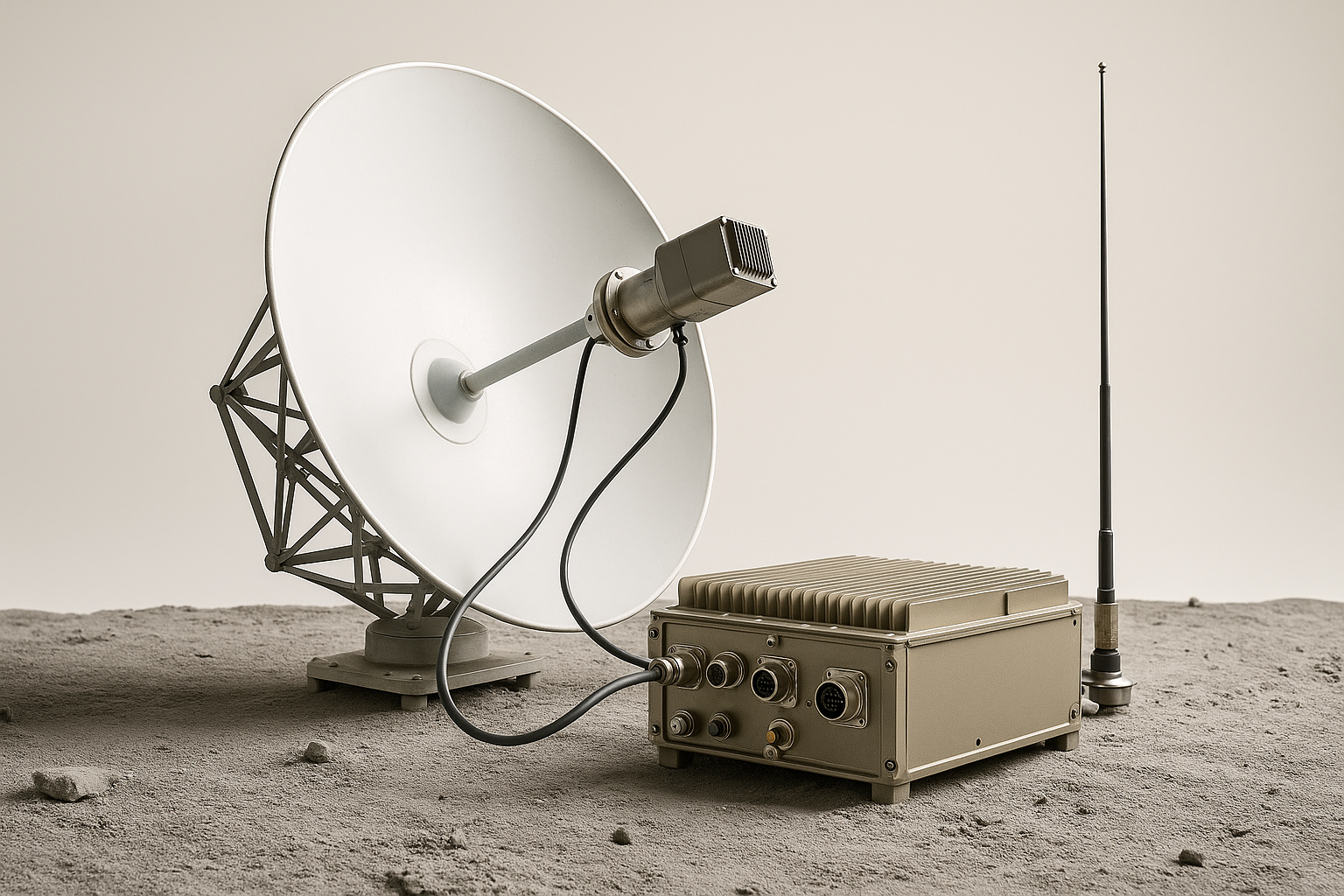
Effective communication is crucial for the success of lunar missions, and the development of robust lunar communication networks is a top priority. These networks are designed to provide reliable and high-speed data transmission between the Moon, Earth, and spacecraft in transit. One of the key technologies being tested is the use of laser-based communication systems, which offer higher data rates and lower latency compared to traditional radio frequency systems. Additionally, the establishment of a lunar satellite constellation could ensure continuous coverage and connectivity across the Moon's surface. By enhancing communication capabilities, these networks will support the coordination of complex missions, facilitate real-time data sharing, and enable remote operation of lunar assets.
Enhanced Spacesuits

Spacesuit technology is undergoing a significant transformation to better meet the demands of lunar exploration. The next-generation spacesuits being developed for 2026 missions are designed to provide greater mobility, comfort, and protection for astronauts working on the Moon. These suits incorporate advanced materials that offer improved thermal insulation and radiation shielding, while also being lighter and more flexible than previous designs. The suits are equipped with state-of-the-art life support systems and enhanced communication devices, allowing astronauts to work more efficiently and safely in the harsh lunar environment. The development of these enhanced spacesuits is critical for enabling longer and more productive extravehicular activities, ultimately supporting the goals of sustained lunar exploration and habitation.
Paving the Path to the Stars

The technologies being tested for lunar missions in 2026 represent a bold step forward in our quest to explore and inhabit the Moon. From autonomous rovers and modular habitats to advanced propulsion systems and ISRU, each innovation plays a crucial role in overcoming the challenges of space travel. As these technologies continue to evolve, they not only enhance our capabilities for lunar exploration but also lay the groundwork for future missions to Mars and beyond. By investing in and advancing these groundbreaking technologies, we are paving the path to a new era of space exploration, where the Moon serves as both a destination and a launchpad for humanity's journey to the stars.



